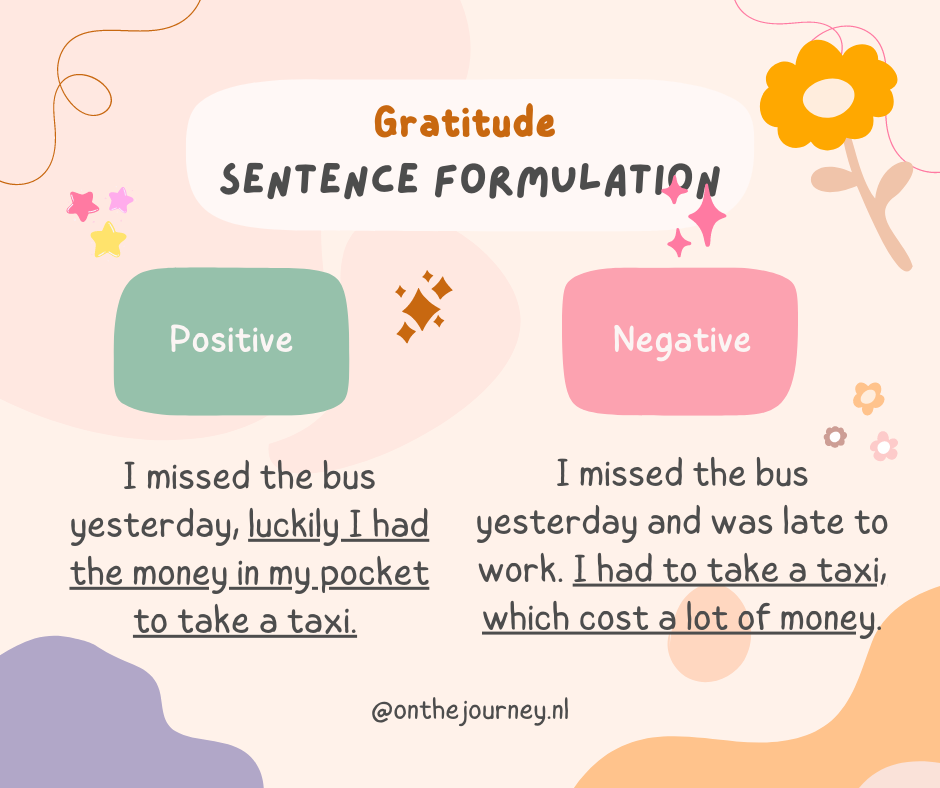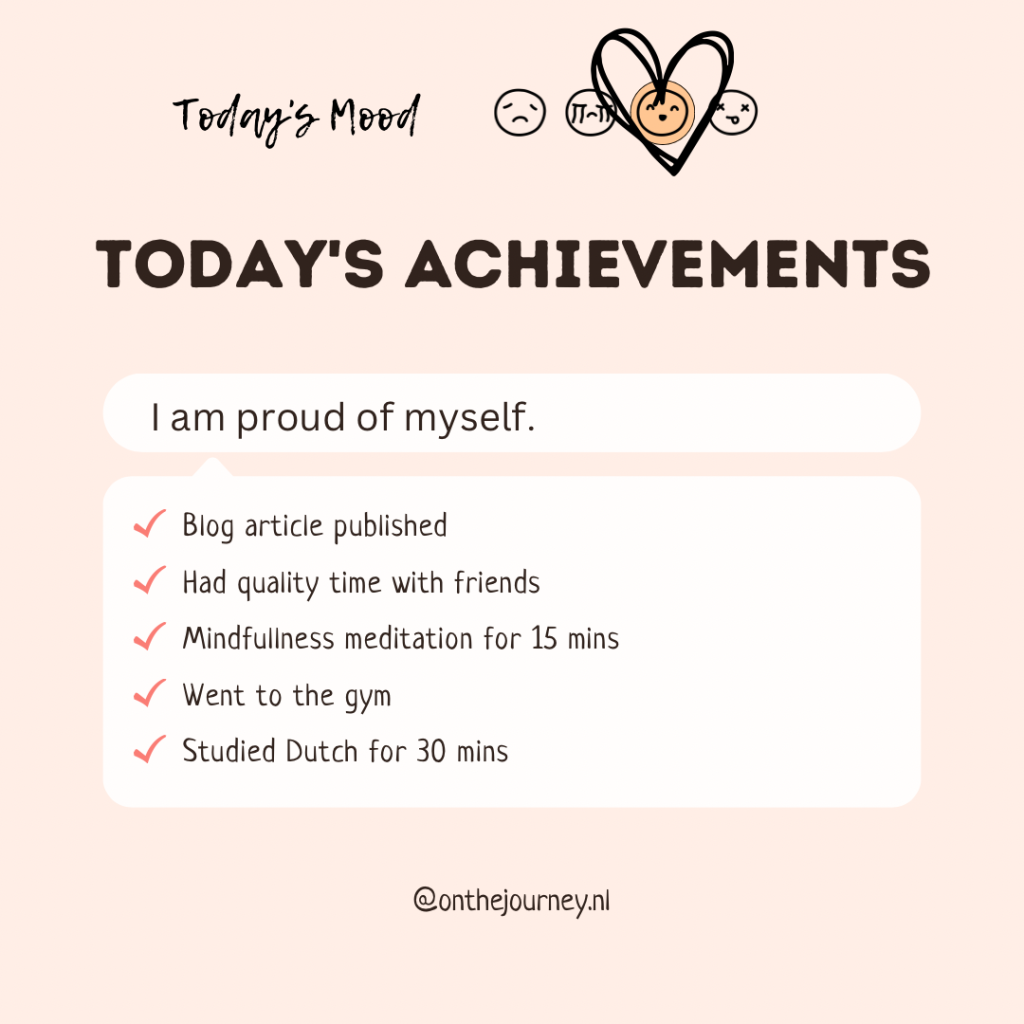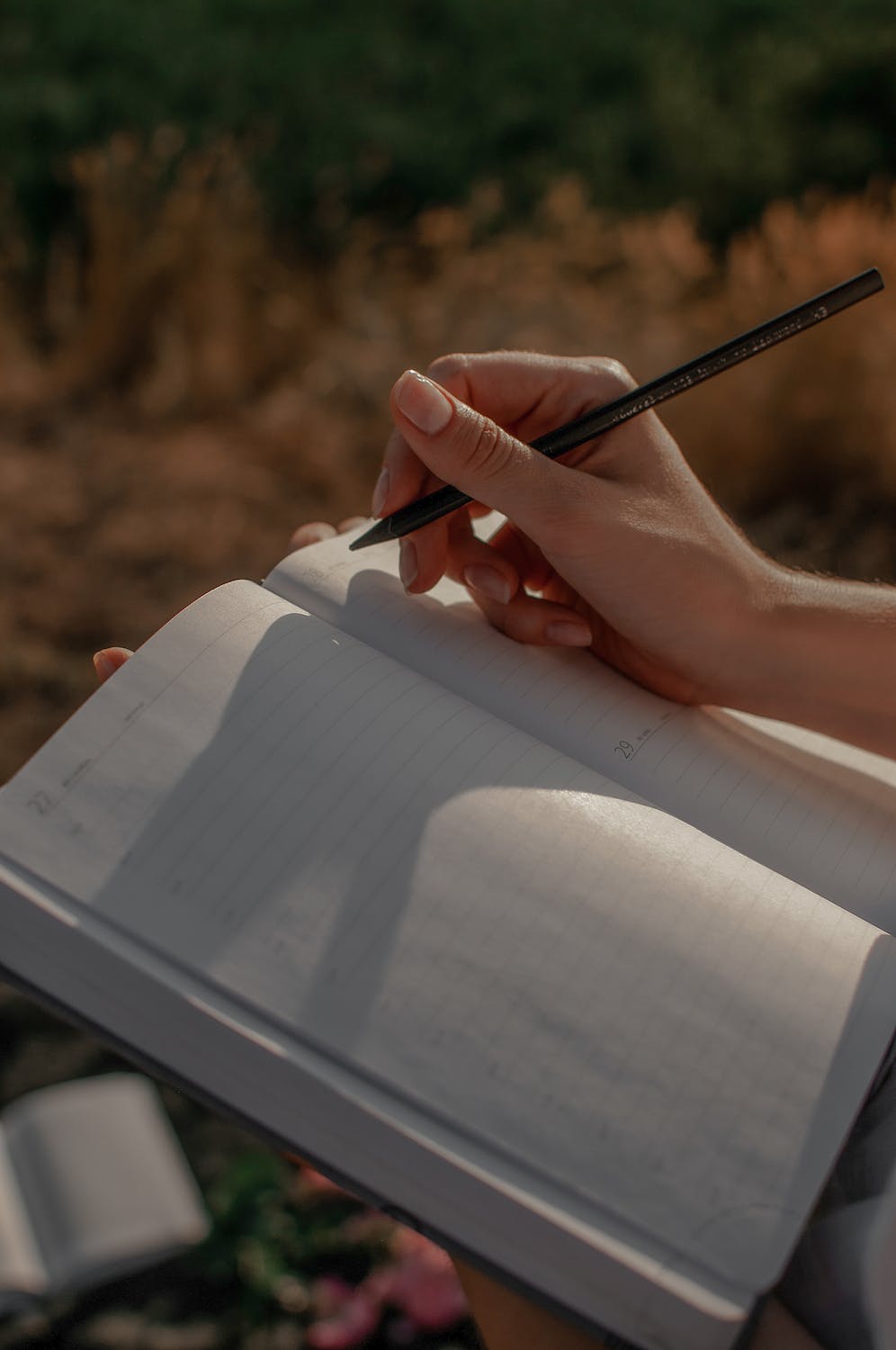Have you noticed yourself diving into negative emotions? How many times do you blame or feel resentful for unfortunate things that happen in life? It is a natural response of the brain to focus on the negative for survival reasons. However, sometimes our worst enemy is our brains, and would it be possible to reverse this for a better quality of life? Practicing gratitude is a simple and effective method to tune into positive emotions.
What is gratitude practice?
The word gratitude derives from the Latin word “gratia” which means generosity, gifts, and kindness. There is a transformational healing power in human functioning. Gratitude is universal in that it is shaped and understood by all humans across the world, regardless of their nationality, religion, or language.
More than 2,000 years ago, Epictetus said that “people are not disturbed by things but by the view they take of them.” Making gratitude a habit is an effective way to show appreciation for things in life. It is easy to feel joy after major positive life events like graduating or having a new family member. However, it is not easy to adopt the same attitude when things are not going well or an an ordinary day.
Through continuous practice, it is possible to develop the habit of seeing the bright side of situations or events in life. The method is simple; however, commitment may not be easy. By committing to gratitude, a person learns to shift thoughts away from negative and bitter patterns toward positive ones. Here is an example of a gratitude statement.

Benefits of gratitude practice
Practicing gratitude has many benefits to the body and mind, it can increase overall wellbeing, exhilarate your mood, disintegrate from negativity, improve physical health, increase mental wellbeing, and promote a higher self-esteem.
Increase overall wellbeing: Writing thank-you notes and letters to loved ones (you don’t have to send them) would boost your overall appreciation for our environment and increase our own wellbeing. It is important to note that happiness is a positive state of mind and not a continuous feeling. We cannot be happy all the time because there are also misfortunes in life. However, practicing gratitude would help you develop the habit of accepting negative events and seeing the bright side of them.
Exhilarate mood: Keeping a daily gratitude journal lifts the mood. It helps to process the emotions in a healthy way and helps to adopt an optimistic attitude in the end.
Disentangle from negativity: Life is moving fast, and we can easily dive into the day’s rush and forget what is important to us. Keeping a gratitude journal helps prioritize goals in life. Furthermore, it helps to clarify your mind and mentally disentangle yourself from negativity. People who practice gratitude refrain from negative emotions such as resentment, envy, greed, and bitterness.
Improve physical health: Researchers have found numerous pieces of evidence supporting the benefits of keeping a gratitude journal for mental health. It has been found to be beneficial for stress, body inflammation, chronic pain perception, and the quality of sleep.
Promote a higher self esteem: Positivity boosts gratitude. According to a study done with athletes, people who received higher levels of gratitude from coaches had an overall increase in self-esteem over six months. Overall, practicing gratitude increases optimism, which has various benefits for overall wellbeing. According to Martin Seligman, who is one of the founders of positive psychology, optimistic people achieve more, have a longer life expectancy, are healthier, have better health, and have a lower risk of cancer compared to pessimistic people.
Popular gratitude journals on the market
A gratitude journal is a positive psychology intervention that is a preventive tool to reinforce mental health. It can be used as a supplementary tool to therapy; however, it is not a tool to replace a therapeutic intervention. Here are some of the most popular journals on the market:
The happiness project one-sentence journal five year record by Gretchen Rubin: This journal helps you to gain the habit of writing a gratitude journal a few minutes a day for five years. It is a nice opportunity to gain the habit. The journal is available on the Amazon store for 17 dollars.
The 5 minute gratitude by Sophia Godkin: The author is a happiness and healing coach, and the journal is ideal for beginners. There is also an explanation of the psychological and emotional benefits. The journal is 10 pounds with free delivery from Amazon.
Good Days Start With Gratitude: A 52 Week Guide To Cultivate A Grateful Attitude: Write three things for which you are thankful each day. The journal is 6.99 dollars in the Amazon store.
The Book of Dreams Come True: This journal encourages you to visualize your dreams and goals and helps you formulate them as statements with creative prompts. Thus, it combines gratitude with visualization techniques to manifest thoughts. It is a good combination of spiritualism and science. The journal is available in the Amazon store for 10 dollars.
Publications on gratitude
Karl Stib, who had difficulty being optimistic, decided to cope with the situation by researching and practicing gratitude. He organized his knowledge and published it in a book called “Being gratitude”. According to him, “No regular person just wakes up and feels blissful. They have to work on it.” Karl Stib is a coach who helps people every day to adopt a more optimistic mindset. Based on his research, he categorized gratitude into four levels: surrounding, sharing, self, and spiritual. He encourages people to take the 30 days, Bring Gratitude challenge to exit their comfort zone and make it a habit.
How to practice gratitude

Make it a habit to practice every day for at least 5 minutes. Using prompting questions can be a good start. Practicing gratitude in a journal can be a good start to preparing the mind in a positive direction. Here is a list of available apps on the market. Here are two free printable journals.
Conclusion
Gratitude practice is a method to reprogram our brain to focus on the positive, refrain from the negative, and accept and appreciate the world as it is. Gratitude has numerous benefits for mental and emotional health. Take 5 minutes every day and record your joyful moments, which will help you adopt a positive mindset over time.
Benefits of finding your therapist through It’s Complicated
- It’s completely free to set up an account and contact therapists
- Pay only the session fee – no hidden booking fees
- Our powerful search tool allows you to search by your exact preferences
Built for therapists, by therapists, It’s Complicated is the only international counselling platform that doesn’t just help people find the right therapist, but also supports the therapists in their craft of helping others. With GDPR-compliant video software, encrypted messaging, and easy invoicing, It’s Complicated is the only tool you need to do therapy. If you are in a crisis use instead one of these resources.
